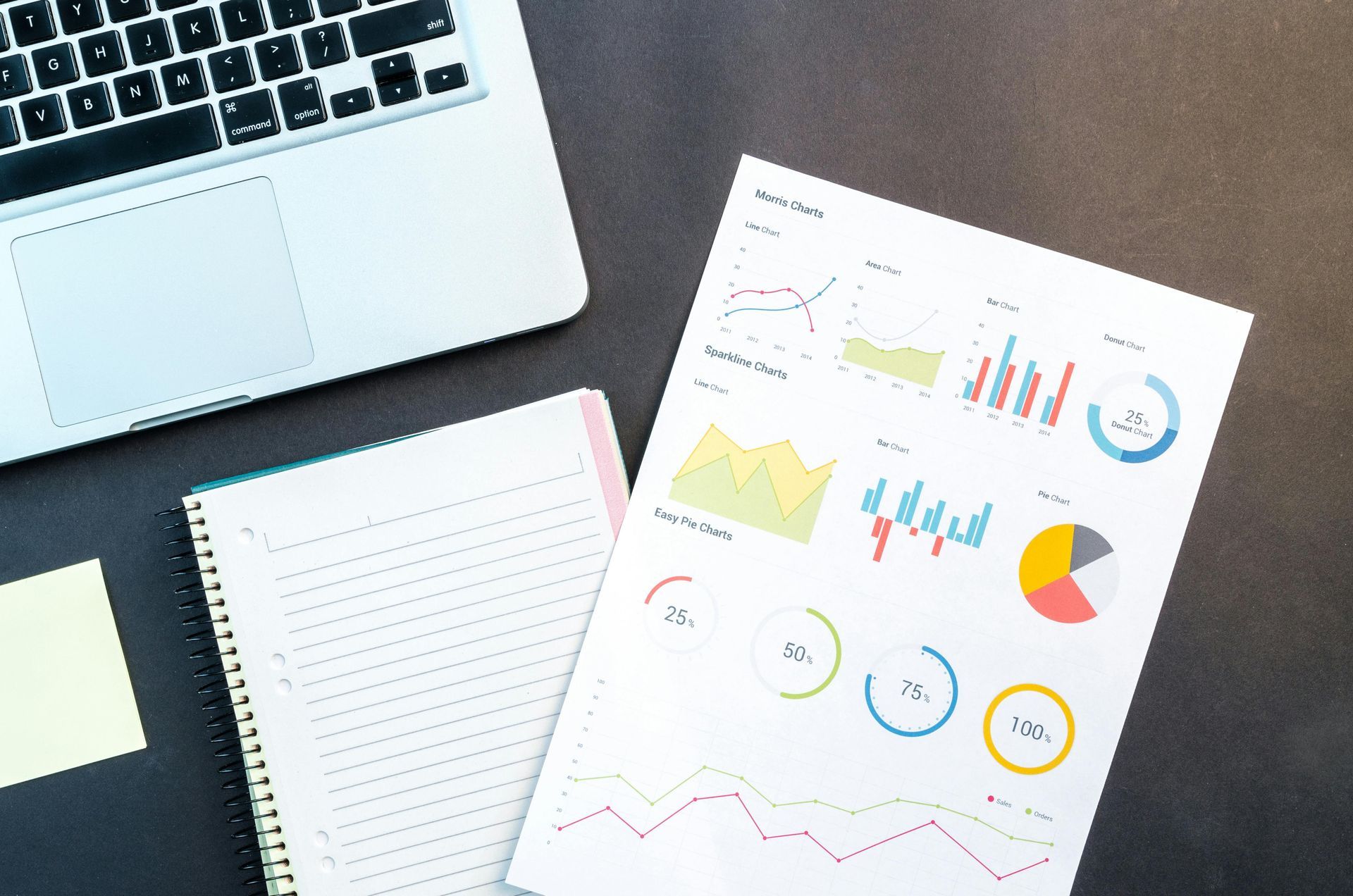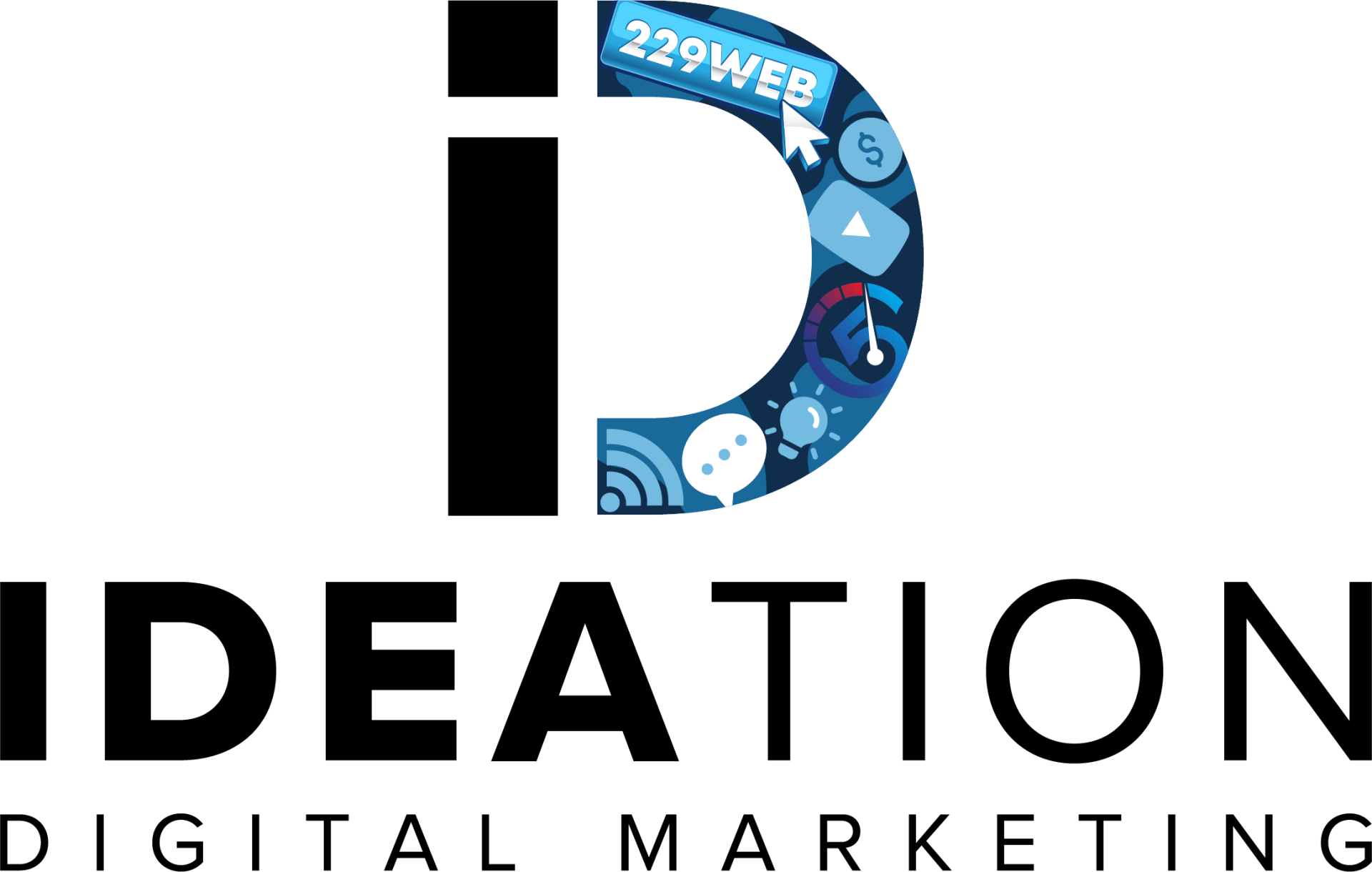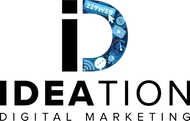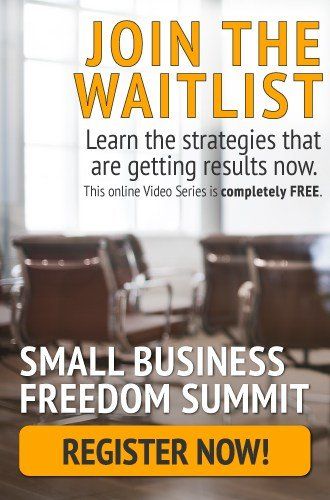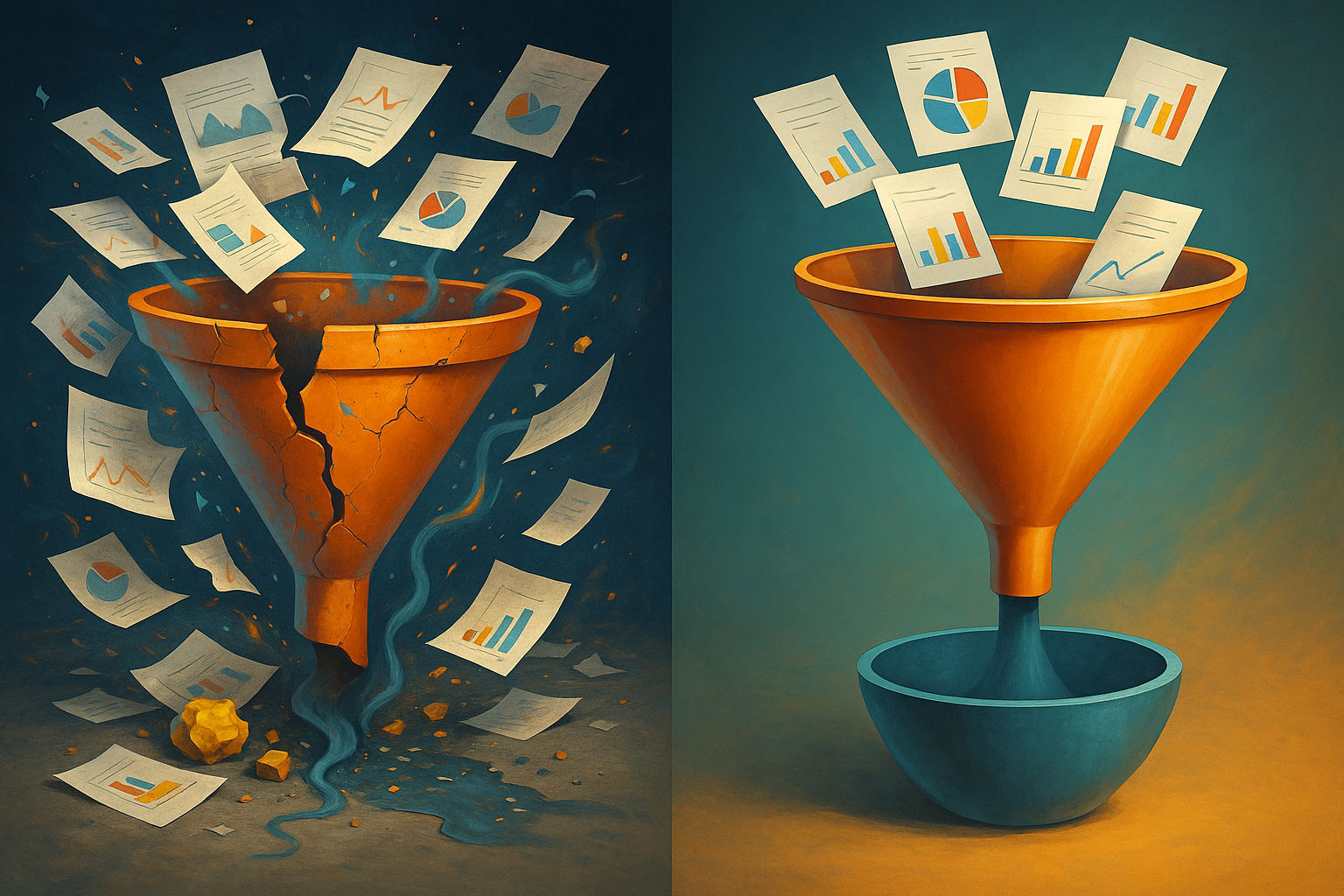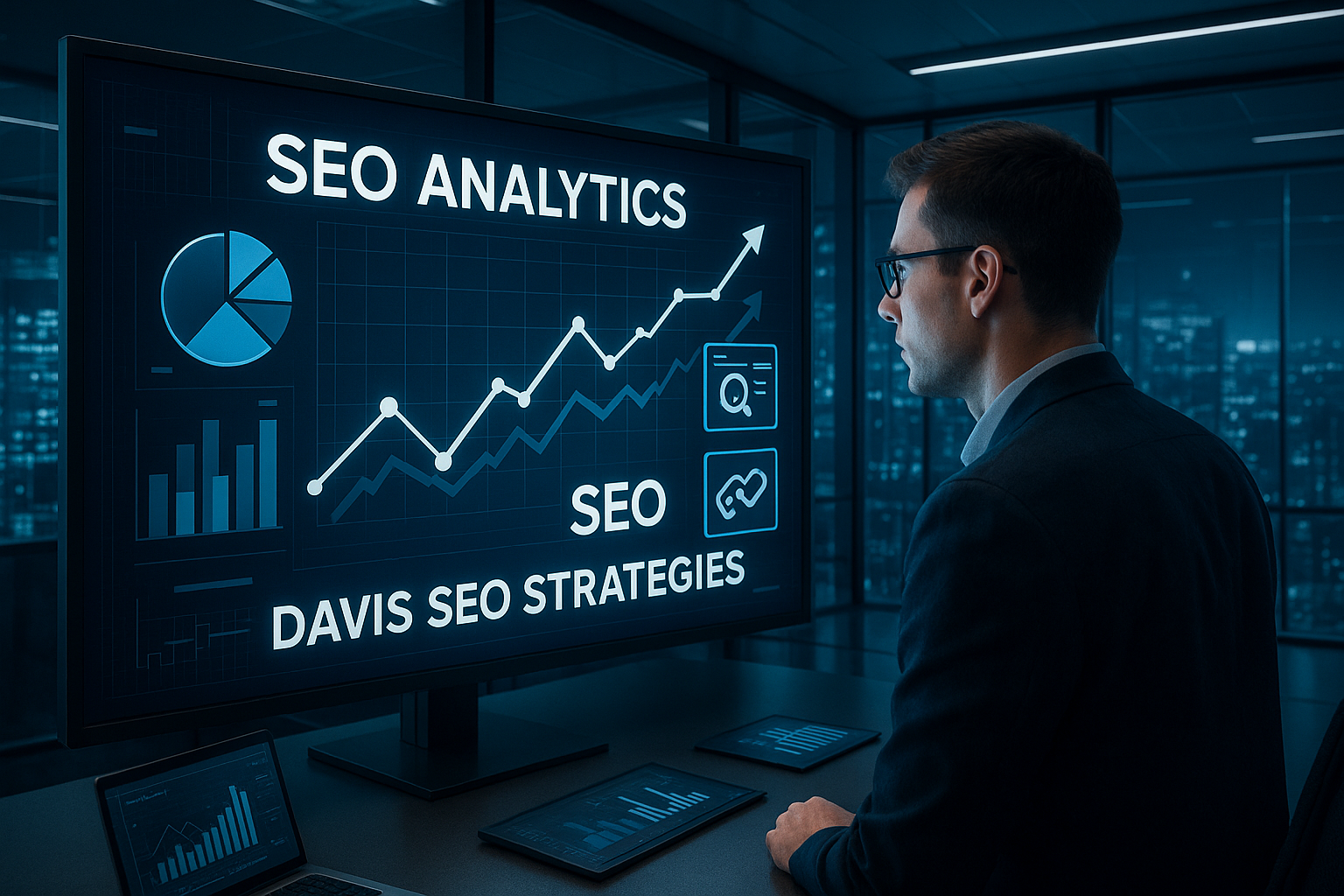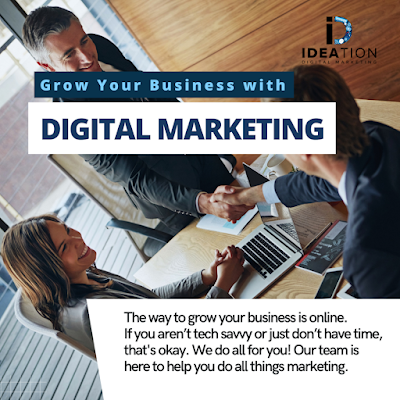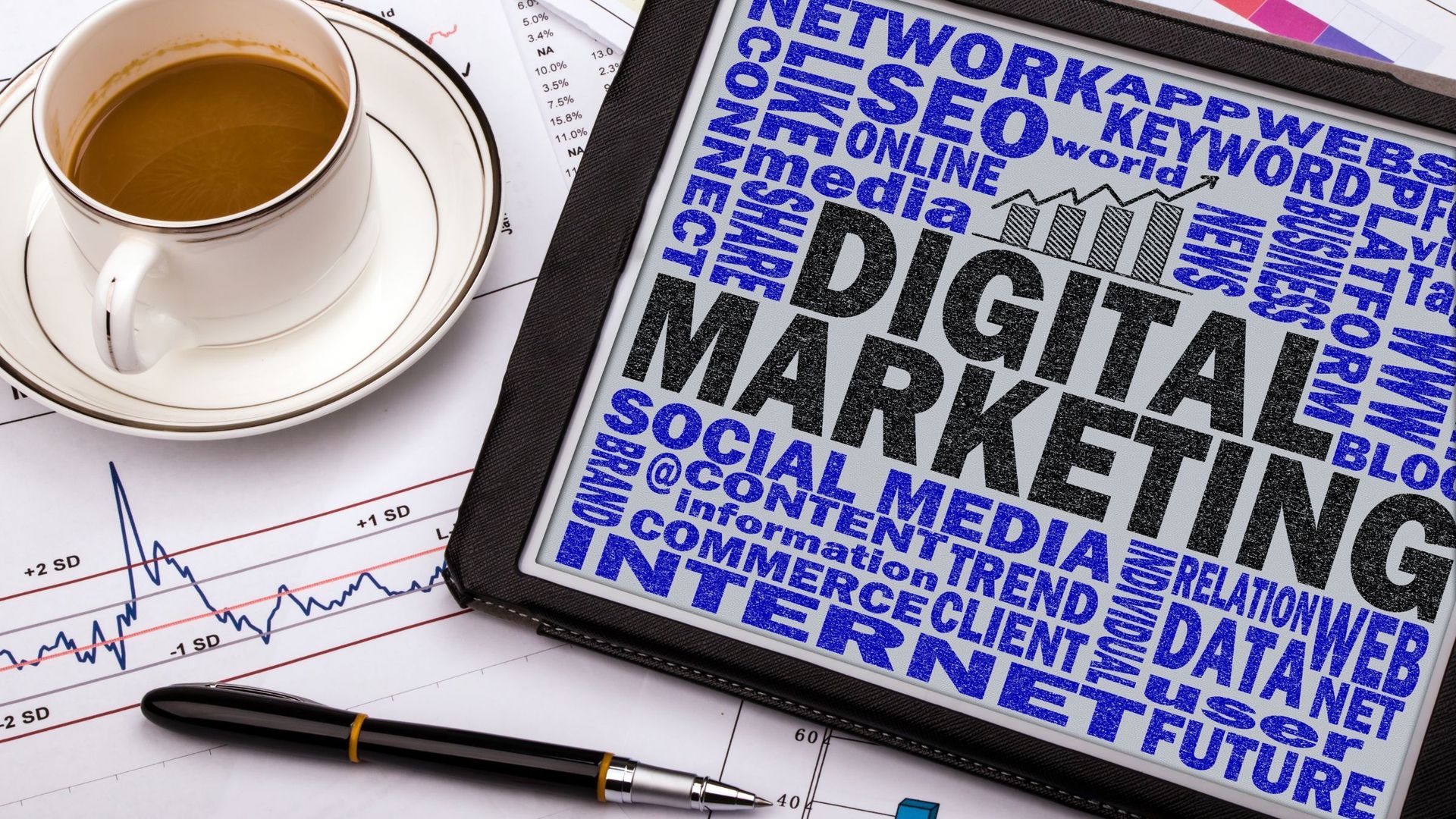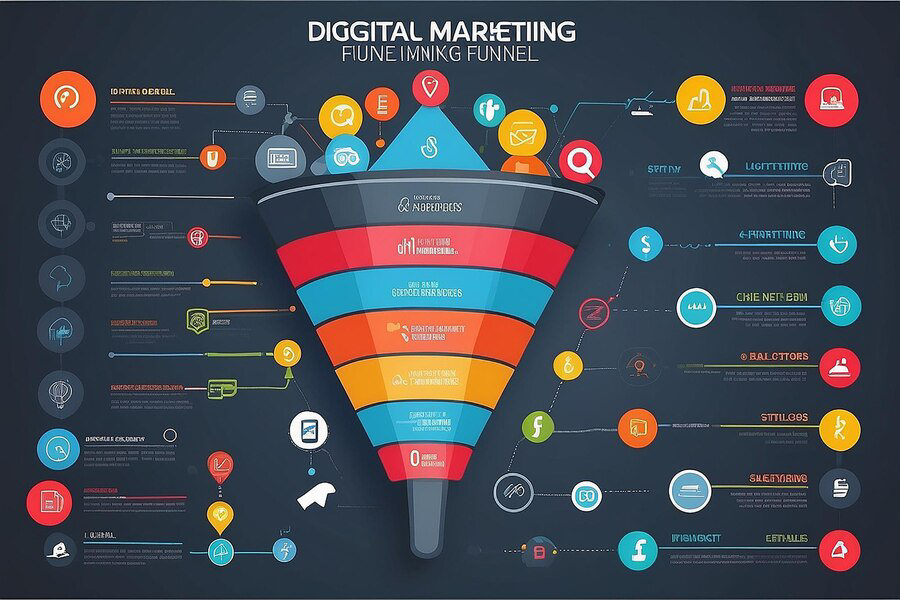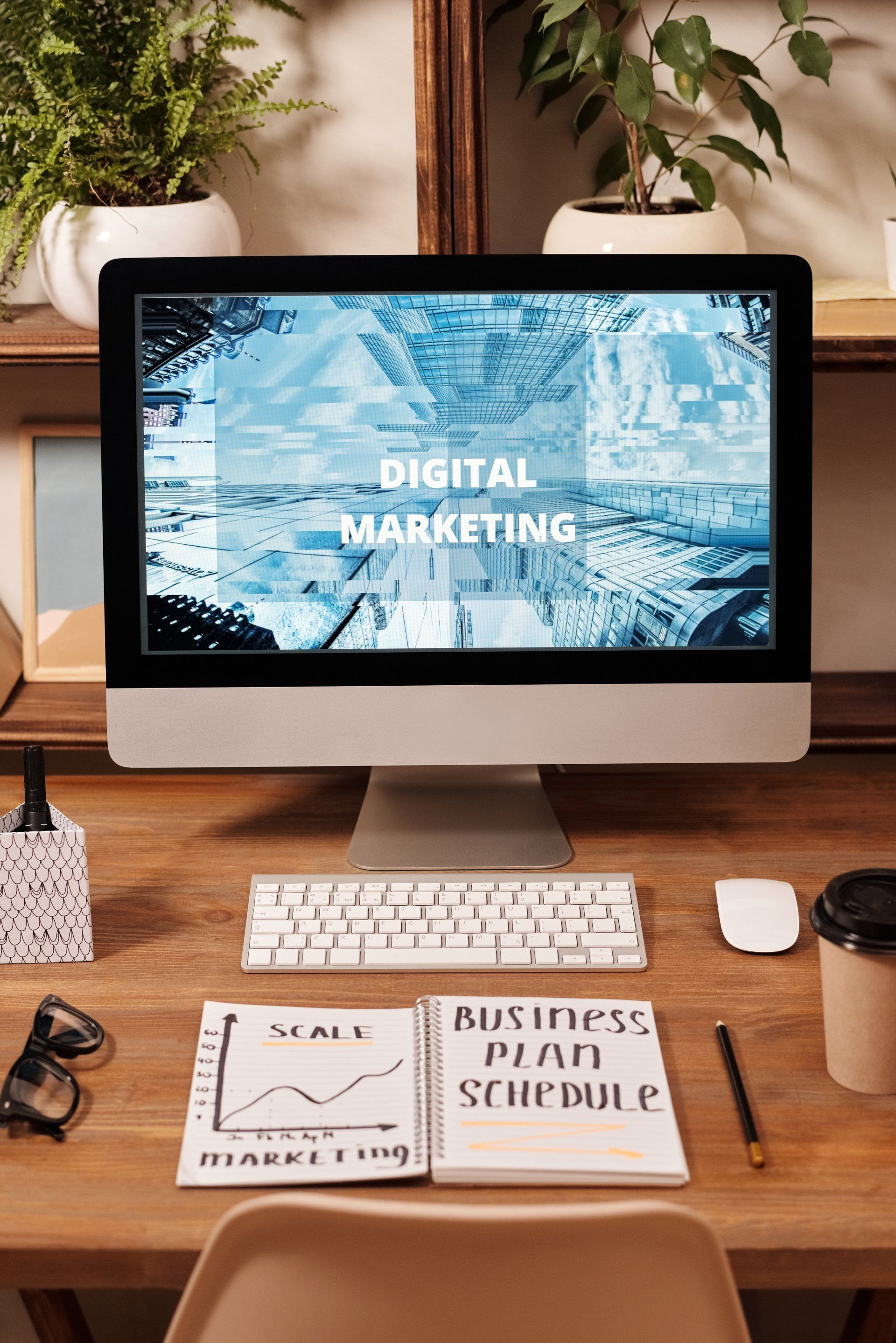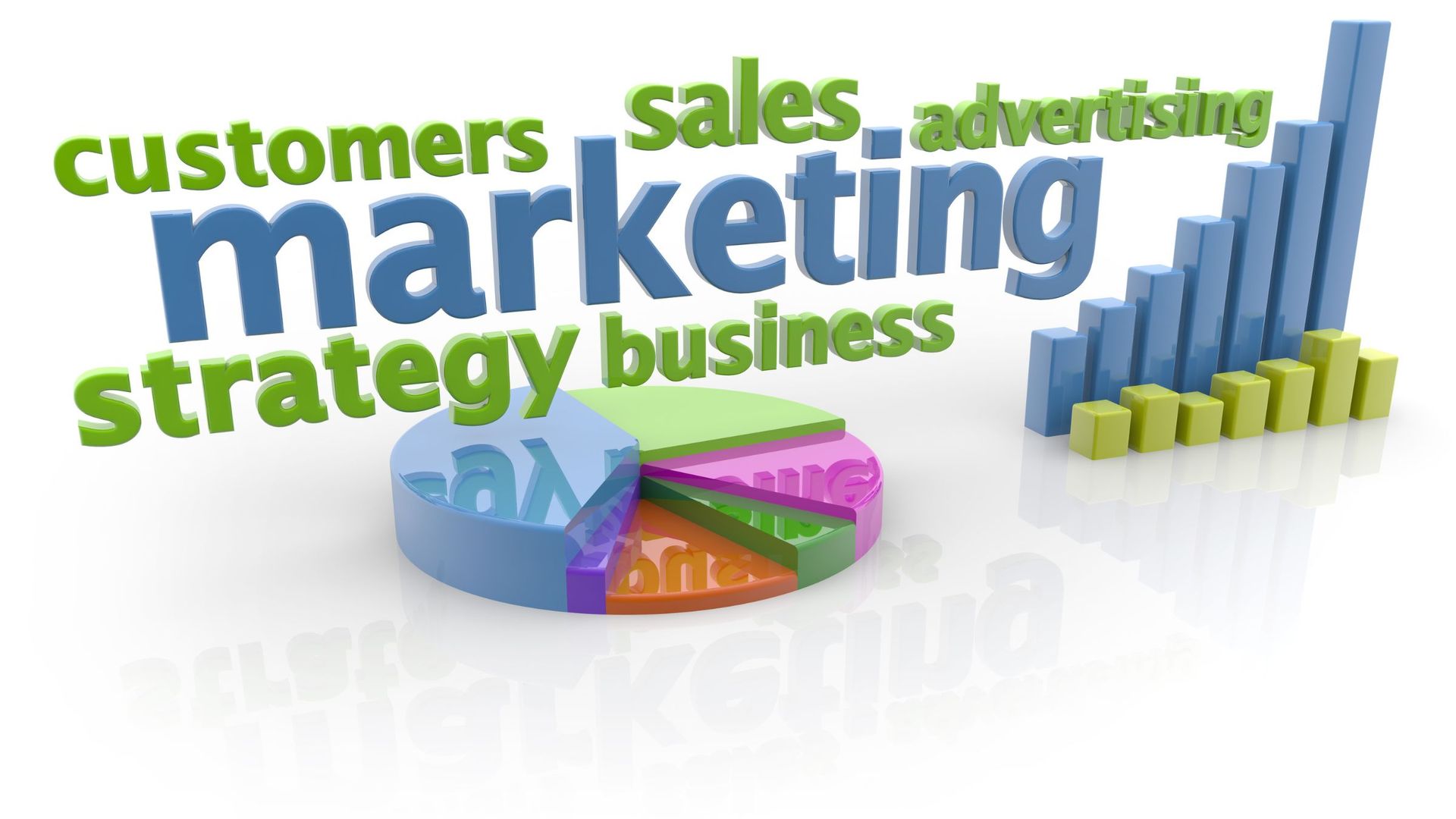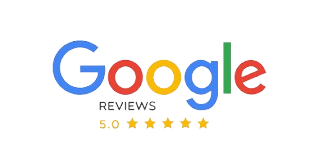Business Growth Through Re-Invention And Smart Business Practices: With Nadya Zhexembayeva And Sean Hyde
INTERVIEW SUMMARY:
BUSINESS IS MOVING FASTER THAN EVER. IF YOU WANT TO THRIVE IN THE MODERN BUSINESS ENVIRONMENT YOU NEED TO ADAPT MORE QUICKLY AND MORE EFFECTIVELY THAN EVER BEFORE.
DR. NADYA ZHEXEMBAYEVA, AUTHOR OF OVERFISHED OCEAN STRATEGY: POWERING UP INNOVATION FOR A RESOURCE-DEPRIVED WORLD AND EMBEDDED SUSTAINABILITY: THE NEXT BIG COMPETITIVE ADVANTAGE AND OWNER OF CHIEFREINVENTIONOFFICER.COM JOINS US TO DISCUSS EFFECTIVE STRATEGIES FOR SMARTER OPERATIONS AND BUSINESS GROWTH IN THE MODERN WORLD.
Sean Hyde: Okay so thank you for joining us today. For anyone in the audience that’s not familiar with you, can you tell us a little bit about who you are, what you’ve been doing and what you’re going to talk to us about today?
Nadya: Sure. My name is Nadya Zhexembayeva. You don’t need to worry about my last name. My daughter is 13 and she still doesn’t pronounce it. She tries to stay away from it. I am a recovering academic, like any addiction you never quite recover. You keep going back to teaching or to the research. I was a professor of strategy and change until about mid-2000s when one of my students, because I taught only in executive education so only to practicing managers, one of my students said, “Well all of this sounds great and interesting but I don’t think that actually works in life. Would you walk the talk and join the company for projects?” I founded a re-invention agency, which celebrates 10 years this year in June.
What we do is we help companies deal with the weight of change by reinventing their products, services, sometimes their processes, sometimes their entire business model. It really is on a client by client basis. I also write books, I have one daughter and one cat and one wonderful husband. I live in Ohio.
Sean Hyde: All right so let’s talk about reinvention since you brought that up first if you want to start there. Larger companies obviously probably have departments and marketing firms and they can help a little bit with that and research and strategy. If we’re talking to a medium-sized or a small business owner that’s maybe a little overwhelmed and they realize they have to adapt, you know they’re watching the big box stores and these bigger companies come in but where do they start? They probably don’t have that kind of help and maybe they don’t have that insight. If I’m accepting the fact that yeah I do need to change regularly and I do need to adapt, how do I figure out where that change starts and what that looks like?
Nadya: I will tell you a little bit of research and philosophy behind it and there will be good news in the middle of it, which is small and medium business. I am a small-medium business owner depending on which company in the portfolio. Small and medium businesses are actually more ready and more how do you say, they are more open or probably more equipped to deal with change than big companies. I mainly work with big companies and every time I work back with a small business, I am impressed with how easy this project goes because the reality is that big business is like a Titanic. It’s very hard to move around an iceberg and you end up crashing into it. Even the best of the best, if you think about Kodak that owned about 98% of film market or Nokia that owned about 40% of telecom business. If those two companies and many, many others were crashing in a matter of less than two years. You can imagine that for a big company it’s really hard to turn around.
For a small business, the issue is mindset. The issue is staying in tune with the reality that this is the new business as usual. What I mean by that is that when we grew up in the 20th century, well I’ll say when I grew up in the 20th century, that’s my real age right there. The reality was very stable so the business, even though there were some ups and downs, sometimes we would face a crisis like the ’70s oil crisis but generally speaking, the reality was very, very smooth. And the transitions and the re-inventions, generally speaking, did not happen very often.
For example for a fax machine, the fax technology did not change for 150 years until it became mass produced. Compare that to Facebook that is updating itself every few years, now every year or Apple or anything else that is happening now. The main thing is to realize that you have to update yourself on average between two and five years, every two and five years. That’s the number one is to be very, very attuned to when is it time and the signs are either your customers are asking for something new, or you are seeing a slight movement in the revenues or increase in the costs. You have some signal inside your business that it’s time. I know for my business it’s been very consistent about every three years. We have to either put a new approach to, for example, this year we’re going digital or we need to come up with a new product or something that gives it a boost.
Then where do you start? You start by realizing what are your strengths, what is it that you’re not interested in changing or you don’t think should be changed? Many of us think of strengths as something like positive movement and let’s all meditate and have yoga practices and we’ll all find it. Not like that. You go back to very basic. You look around to your business model, whether it can be a product, that could be your strength. Sometimes it’s not the product, sometimes it’s a unique skill. Maybe you have a couple of employees or yourself, who have something very unique to offer and you can package it differently.
VISION WITHOUT ACTION IS A HALLUCINATION. UNTIL IT’S IN YOUR SCHEDULE, YOU’RE HALLUCINATING.
I often tell a story, I lived in New York for 10 years and I met this amazing company that was in a tiny community up in the mountains, that was almost out of business. They were producing and installing heating and cooling equipment and the entire city was dependent on them. In 2004 they said, “Okay we have to do something or the whole city will die because we’re losing business to Chinese and to the high-branded West so we have to do something.” They looked around and they had small teams, two, three people, a couple of teams looking around at all of their parts of the business and one of the teams said, “Well, one thing we do very well is electric motors because inside the heating and cooling system is an electric motor. Can we sell that skill to somebody else?”
In 2005, they introduced their first automotive part because the automotive sector was in desperate need of knowledge of electric motors. And today they supply to every single major brand you can imagine so if you take BMW, Audi, Renault, Ford, all of them now have their parts. You start by realizing what do I do great and where can I apply that in a new and different way.
Sean Hyde: That’s great so that’s like an internal way to look at it. Do you find any value in maybe asking your customers what they want on a regular basis? Maybe survey customers, do you ask them questions so from the customer’s side you can see.
Nadya: Absolutely. The trick here is that if you ask the customer what they want, they will give you either very generic answer or an answer that is actually not true. It’s not that they’re lying to you, they’re not. Just they were caught off guard and they’re trying to make something very intelligent and smart. A much better source of information is actually visiting your customer in real life to see what’s going on. If you have a chance to, instead of asking, “What do you need?” ask them, “What’s going on, how’s the business going, what’s new? Where do you think it’s going in the future?” You will notice things that they probably don’t yet realize are relevant for you.
Maybe they are moving their product to a different format and you might be able to offer something around it. Maybe they are thinking of opening a new location and you might be able to deal with that. Maybe something else is going on in their organization and their processes and you can offer something there but if you just ask them, “What do you want?” They will start making up stuff and many of them also cannot imagine what is that that you have to offer. Steve Jobs was famous for saying that, “People didn’t think they need iPad. They couldn’t even imagine that product.” If you asked them, “Do you need an iPad?” or “What do you need?” they would not generate an idea for an iPad because they simply don’t recognize that there is a latent need there.
I often travel to my customers. I try to sit in on their meetings if they let me. I try to sit in coffee shops. I love toilets and coolers because this is where you really hear what’s going on so I show up and very quietly listen to what’s going on and then you have ideas, you have these new things that come to your mind. “How about we do this?” And you get insight that is probably more precise. Another source of information is also suppliers or customers of your customers. We often not realize how interconnected we all are so this is let’s say the supply chain and there is supplier’s supplier and this is one of you and then your customer and then your customer’s customer’s customer.
Sometimes a trigger here can change for all of them but we don’t recognize it on time, so having a chance and you don’t need to be religious about it. As long as you have reminders in your phone every quarter, it’s time to check in with somebody outside of my shell. That’s about it. Put a reminder in. I always say, “I will do it.” Until it’s in my schedule, it’s vision without action is a hallucination. Until it’s in your schedule, you’re hallucinating.
Sean Hyde: Yeah that’s absolutely true. I think there’s an old Tony Robbins quote he’s like, “You can sit around thinking good thoughts all day and eventually people will show up to take your furniture.”
Nadya: Absolutely. That’s a wonderful dream, I mean you are daydreaming, great but until it’s your schedule. You literally just as you’re listening to it, pull out the phone, put a reminder in three months. I need to check in with someone outside of the shell. That’s it, that’s all you need to do is just have to have … And when you get that beep in September, you will be like, “What is this? I don’t even remember what this is.” You will take a little bit of time to remember and then you will realize there is a different pattern when you start getting outside of your comfort zone.
Sean Hyde: That’s great, maybe it becomes a habit actually.
Nadya: Yeah I hope so.
Sean Hyde: Okay so I know another big thing you’re working with is sustainability and how that helps businesses and helps growth. From a small business, kind of similar question. I’d imagine real estate companies are seeing the prices of their commodities go up, food, businesses, small margins. If I’m that small business and I’m caught up and yeah my costs are going up but I have no idea how to address how a sustainability model might help that, where would I start with that? Where’s the first place I might look at? Where do I come up with some ideas?
THAT’S WHERE SUSTAINABILITY STARTS. IT STARTS WITH GUARDING RESOURCES, AND THEN LATER, BY PRODUCING EVEN MORE INNOVATIVE SOLUTIONS THAT YOU HAVE EVER IMAGINED.
Nadya: The first place to look is always cost saving so my mantra around sustainability is pretty straightforward. Many times we think about sustainability and different associations come to mind. Save the whale and climate change, that kind of policies. All of those are important unless you start catching yourself and you realize okay, how does that translate to my direct existence and then suddenly sustainability becomes very different. What is happening with sustainability is we need to peel it back to the reality of sustainability. Yeah, ability to sustain and the ability to sustain in your business might be very different than the ability to sustain in my business but the first place to start is always low hanging fruit around cost savings.
If you take a very intelligent look around you, processes around you, offices around you, you will notice places where you are wasting resources. You’re wasting resources naturally just because this is just the way you did business. I will give you an example. We were working with a very small factory in Ohio and their latest shift, their evening shift, night shift was working at the far end of this big, not big, barn looking production factory. And because the shift was working at the end, they have to light the whole barn for the whole time, for them to be safe to work there and back. Just move around locations and you will save a huge amount of money on electricity bill. That’s what I mean start with costs. See where you’re wasting costs.
Another question I ask when I’m speaking to the audience, “How many of you spend 100% of your time at your workplace?” Nobody says, “I do.” It’s about 90. Then you ask the majority and the majority today spend somewhere around 50, 60% unless you are customer facing so you are spending it in front of a customer. And then you’re spending most of the time there but the reality is most of us still think that every employee needs to have a desk, needs to have a location. Every employee needs to be in a prescribed cubicle and for that, you’re still paying real estate costs, heating and cooling, everything you can imagine around it. So do you really need that many offices, that much space if nobody is really sitting? Or is there a way of organizing your office that is smaller, probably doesn’t require as many resources in terms of saving on heating and cooling and by the way CO2 emissions.
I know this is a very heated conversation. If you’re not interested in saving CO2 emissions, it may not be what drives you. It starts with energy efficiency, I’m sure you’re interested in energy efficiency. What’s happening now is that sustainability stop being the enemy of business and actually is becoming a huge driver of innovation in business because customers are demanding to see what’s happening with you. But also your suppliers and your cost structure are demanding that you begin to think about okay, what’s happening with the resource base? What’s happening with supplies? Why is my supplier giving me higher prices year after year? The answer is, is because we’re running out of resources. You like it or not, most resources that really needed in the work today, are running out and the ones that are not needed, are also creating economic devastation.
Being in your state you know very well what happens when nobody needs coal. It’s the same for my country I was born in Kazakhstan. We have some resources that companies really truly need. Then we have others that are getting a huge crash of prices and we have coal regions that are dying. The reality is it’s not a one-time event. We are looking at a major restructuring of an economy. We need to adapt to that before it crashes. We need to ride those waves before they completely overwhelm that so sustainability starts with basics, which is where do I waste resources today when I’m being resource dumb? Let me put it that way.
Then often it’s breakthrough innovation comes from that question so I will give you an example. My favorite story of all time on the dumb resource waste is the idea of shampoo. There is a wonderful company originally from the UK, also a small and medium business, that was producing regular shampoo but one day they were looking at their books. Of course, their costs are creeping up and they kind of question around what is the value that they’re delivering when they’re selling shampoo when they talk to their customers? The value is very simple, it’s clean hair. But what is one resource that is always available onsite, to produce the result, which is clean hair, and therefore, it’s absolutely unnecessary for the success of shampoo? It’s water. You cannot have a clean head without water inside but we pump water, clean water(when we wash our hair).
We produce plastic bottles with bottled water. We transport water, we shelf water, we sell water where water is completely unnecessary. They played around and developed a dry shampoo, a very successful product. My baby brother whenever he comes to … He’s not a baby, he’s 30, he’s very tall but he is my baby brother so when he comes to visit me he says, “No dry shampoo for me.” but he’s the only one I know who has that reaction. It works wonderful, it has essential oils. It does everything it does and the company is privately owned so they don’t release their financials, they don’t share how much they’re saving but on transportation costs they did release the data.
The transportation cost fell 15 times per wash…so, sometimes it’s just small things, sometimes it’s massive things like this. What is a part of our value proposition that is actually unnecessary? We’re doing it because we’ve done this like this for the last 10 years or we’ve always done it like this or we’re doing it because there’s a custom or we’re doing it for some other reason. It might be packaging, it might be the way you organize your warehouse. It might be your office, it might be your supplies. What is unnecessary? It might be your time. You might be spending some of your time unnecessarily. That’s where sustainability starts, it starts with guarding the resources and then later, by producing even more innovative solutions that you have ever imagined.
BY THE WAY, LET’S NOT SHY AWAY FROM THE ISSUE. IF YOU DON’T HAVE FINANCIAL SUSTAINABILITY, YOU DO NOT HAVE SUSTAINABILITY PERIOD, IT’S VERY SIMPLE.
Sean Hyde: Do you find a lot of people who have difficulty seeing that? Is it useful bringing an outside eye so to speak, sometimes, or do you feel like you can sit back and be realistic about are we doing things out of habit? Can we even notice how we’re wasting time and space if we’ve been doing this so long?
Nadya: Absolutely. There are many different ways you can bring in an external person. The first thing people think about is a consultant and if you’re really tight on budget and it’s a difficult thing for you, you can imagine different things. For example, events like this is a place where you grab somebody for a coffee and ask them, “Can you give me some advice or what would be your take on this?” I sometimes bring my friends from college from completely different professions. For example, when I have a project on metalology, I bring biologists or physicists or medical professionals because they are smart people but they have no sure, they have not been like this, horses that are protected, right?
They ask what they think are dumb questions and for me it’s like, yeah we assumed too many things and because they ask basic questions, all the assumptions come out. And suddenly you see the famous saying, “The assumptions are the mother of all … ” I don’t want to cuss on TV, a mother of all (cough) in the world. You suddenly see a lot of assumptions coming out because you bring somebody. If you have a friend who is in a different profession, just spend 10 minutes structurally presenting the situation. “This is what I’m doing right now, this is my challenge.” and let them reflect on what they’re noticing, ask them questions or they ask you questions or they tell you back what they’re seeing. You might be surprised what you might get and of course all kind of events and associations and networks.
This is a place to see a different side of a story. Your first reaction will be very different, that’s normal don’t worry about it. We even do exercises where we put business owners with their back to the group as they’re discussing the business on their problem. Because the business on there always wants to jump and explain how this opinion is already been there, tried that or this opinion is not going to work. It’s a very difficult job for them to just sit and listen but when you sit and listen you digest the ideas and it’s not that you hear an answer from what you were listening to. You are stimulated from a different point of view and you yourself see something new. Not necessarily somebody will come and fix it for you, but they will bring a different perspective that will unhinge something in this kind of situation of yours.
Sean Hyde: That’s great. I do want to go back to something you mentioned before, with how CO2 emissions is a conversation, sustainability is a conversation. As a brand, as a business owner, do you find that there’s a benefit once they figure that out to say, “Hey we are doing this, we’re conserving. Not only did we make some smart business decisions but we’re conserving water, we’re conserving resources, we’re conserving energy or time.” or is that because it’s an issue is that a double edge sword?
Nadya: Well it’s really a personal conversation for every business but what is the trend on the market happening today? I’m the first to say we are guilty why this is happening. Even In my latest book I wrote a chapter on green is dead and how I personally contributed to the demise of the green as a scientist who wrote about it for many years. I think we’ve done, generally speaking, a very bad job communicating the essence of what sustainability is about and also the word itself has a fundamental problem. In terms of it’s hard to use it as an inspiring word. You might have a heard me already said it but if you think of, let’s say you had a wonderful dinner on Friday night and you exit from the restaurant and you bump into a neighbor of yours that used to live nearby, now moved away and you haven’t seen them for a couple of years and you are catching up. “How’s life? How’s Jeff? How’s your marriage?” “Sustainable.”
The word just it doesn’t have that amazing feeling like you don’t want your marriage to be just sustainable hopefully. You want it to be amazing, great, exciting, something through the roof and you don’t want your business to just be sustainable, you want it to be amazing, exciting, thriving and so on. The word has a problem and we have communicated in a way that we abused it to the point that it became meaning everything and nothing at all. In that sense, what we’re seeing is that our customers are getting tired of this because sustainable became to me, now every time I ask an audience, “When you think about a green product or sustainable product or sustainable shoes, what do you expect?”
“Number one, it will be overpriced. Number two, it will be underperforming and number three, generally speaking, it will be ugly.” The normal apple is a beautiful apple, sustainable apple. It’s like little organic thing falling over there. Yeah, and normal shoes will be beautiful designer shoes and sustainable eco shoes will be this rubber type of thing that hippies where. Maybe that’s not correct. It’s not about whether it is reflecting the reality, it’s the perception and perception is very important. We have done this. I’m not saying that this is something…objectively correct and so on. We have created this on the market and so what is business doing now to deal with it?
The business is putting out a different brand around sustainability. Instead of speaking about green, they’re speaking about smart so you can see a lot of products talking about them being clever or being smart or business sense. Because this is basic smartness, you don’t want to shoot yourself in the foot. You don’t want to destroy your entire supply chain and then you are out of business. That’s just being smart. You don’t want to waste product or package on the thing that is zero value and tons of waste, tons of pollution and tons of CO2 emissions, it’s just basic smart and tons of money as well. By the way, let’s not shy away from the issue. If you don’t have financial sustainability, you do not have sustainability period, it’s very simple.
But the delay is how do we find the time, the right time to introduce each thing because let’s say if you go and force a sustainable solution that doesn’t have economics today. You will kill your company because your costs will be higher than your revenues. But if you don’t introduce that sustainable solutions where the whole world already moved in that direction, you will be out of business because your business competition will kill you. You are stuck between this very sensitive time. On your time horizon you need to find a place, where’s a time to start moving to the next best thing? That again goes back to know your customers, know your supply chain, know yourself, where are you wasting things.
Start practicing with your own resourcefulness and smart sustainable solutions, and then when you do that, it is much easier to present it to the customers because they don’t think of it as a greenwashing. It’s a very simple, straightforward, clear thing you’re doing. You’re being smart for yourself, you’re being smart for them and yes, part of that, there’s a financial benefit and environmental, social every kind of benefit so there’s no reason to hide it in any way. Just tweak your position a little bit towards smart and kind. We’re using a lot of different words now that are a little bit less polluted as equal or sustainable or green.
Sean Hyde: Smart so any company perception, your personality that’s important so you’re trying to make it fit. We have time for one more question so if we’re worried about adapting, if you’re worried about sustainability, what’s that one big thing you think any company needs to keep their eye on right now? Obviously, the internet has opened up all sorts of changes where much smaller and bigger all at the same time now. You talked about going digital where digital marketing we can even see so we know how quickly that part changes but the whole world and how it communicates changes. If you’re a business owner right now, what’s the one thing you think pretty much every business needs to keep their eye on going forward?
Nadya: It’s hard to say one thing because it depends on each individual business. If you are in production, I would seriously think about water. Water is the new oil and many states like your state, are not yet experiencing the water shortage like California does or Arizona does but what I was thinking will be in, water is becoming a fundamental cost in the business and it will continue to transform in a way you cannot predict because the weather patterns. How crazy is this season? The weather pattern means that our access to even underground water is changing rapidly and we don’t have enough understanding of where will we have shortage and where we will have …
If you can’t start prepare new business, if you’re in production, smart is less and less water use and more and smarter water use. Collecting gray water so the rain. Reusing the water of the washing your hands into the toilet, stuff like that. If you start thinking in that direction you will be prepared for challenges that are just about on the horizon right now. In service industry I think the biggest issue that we’re facing today is the clash of generations. You think you understand your customers, your customers in two years will be completely different than today because their mindset is fundamentally different.
Many customers of young generation do not want to own anything. Remember our parents after the war and the grandparents after the war? Ownership was, “I made it in life, this is what American dream is about.” Today not ownership is the coolest thing. If you can just not own anything, that means that the thing doesn’t own you so in that sense you’re positioning your ads, your offer about the old customer is almost laughable for the new customer and they’re coming up very quickly, so quickly. In a matter of two to three years, what is your base, can change fundamentally and the same of course is happening in politics, you can see that already in next election the actual majority will just be over age 18. So that generation is taking over and their expectations of what you are to offer, is very, very different.
This is the challenge right now is to understand how you’re going to manage the transition because your old customers are still alive and they need you. And then there’s new customers who want something completely different. They don’t want to own. They are into sharing so they can use the element of your service but not own anything and be responsible for insurance and things and the whole thing. To the point that there’s a wonderful company exceptionally successful in Amsterdam right now that leases jeans. You thought about Uber being new? There are companies now that doing Uber model for jeans and the interesting thing, you don’t actually use second-hand jeans. It’s not like it’s a second-hand shop. It is a method of bringing the customer back and bringing the raw material back because the hardest thing is to collect the raw material. That where you spend most of the money is the collection.
Just as the pollution network is very expensive, collection network for your raw material base and that’s a competition for fast fashion. Instead of selling $100 or $50 jeans, you can sell $5 per month and then get it back and recycle it again and use it again. This is fundamentally different things we don’t even fully understand how our younger generation thinks. My daughter, we all on email right? You got in touch with me through email, I love my email. My daughter is 13, she’s been on every kind of device for the last five, six years. She doesn’t use email, she doesn’t understand why you would need email. She gets her information, she knows when she needs to do. She’s very busy, she has many activities. She gets messages, she gets the information transfer happens, it just doesn’t happen through email.
She loves all these cloud sources. She’s on Google Drive and Google Doc but she’s not on email. This is the fundamentally different patterns of behavior and if you’re in services I would pay attention to what’s the next generation’s need.
Sean Hyde: Thank you very much. That was a lot of great information, thank you. It was a great interview. If our viewers want to keep up with you, obviously you have a couple of books out. Where would you like them to reach out to you?
Nadya: Yeah the easiest is I started a new platform chiefreinventionofficer.com. We’re also on Facebook, on Instagram, on Twitter wherever. It is a free resource base. Starting in January we’re putting out a YouTube channel so one new video per week with some nugget, something that will be triggering you towards reinvention. My position is every single one of us needs to become a chief reinvention officer in our own right. If we get that right we will figure out how to fix our companies, how to fix the economy, how to fix our community. If we start with our own lives and learn how to reinvent, again and again, I’m sure we will survive whatever life throws at us.
Sean Hyde: It’s all about adaptation right? That’s a human condition I guess.
Nadya: Thank you it’s a pleasure to connect and have an amazing conference and good luck to everyone. It’s a tough time but it’s also a very exciting time. Let’s take the [inaudible 00:30:25] out of it. Bye.
Sean Hyde: Bye.
